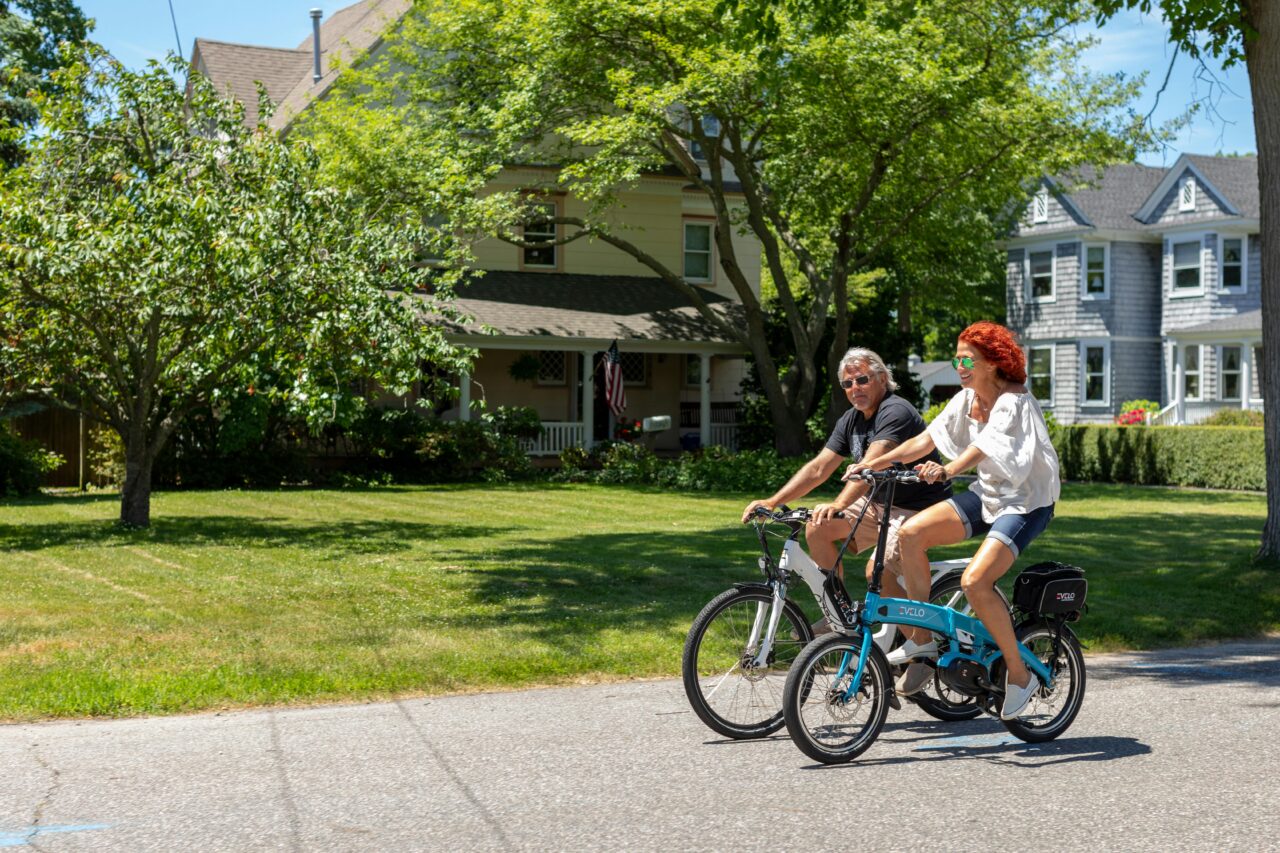Remember the first time you saw an electric motorcycle? Mine felt a bit… futuristic, almost like it belonged in a sci-fi movie, not on my local road. They were often quiet, a little quirky-looking, and frankly, seemed a bit underpowered compared to their roaring gasoline cousins. Fast forward just a few years, and wow, things have changed dramatically. The pace of Electric Motorcycle Innovation has kicked into high gear, turning those quiet, quirky machines into serious contenders that are reshaping how we think about two-wheeled transport. This isn’t just a niche hobby anymore; it’s a rapidly evolving market segment full of opportunities, especially for forward-thinking businesses. The advancements we’re seeing aren’t just incremental; they’re fundamental shifts in technology, design, and infrastructure.
Powering Up: Performance and Range Breakthroughs
Gone are the days when “electric” meant “slow.” Today’s electric motorcycles are often torque monsters right off the line, offering exhilarating acceleration that can rival or even surpass many traditional bikes. The focus has shifted from simply creating an electric version of a motorcycle to designing vehicles that leverage the unique characteristics of electric powertrains. This has opened up incredible possibilities in performance and vastly improved how far these bikes can travel on a single charge, making them much more practical for daily commuting and even longer rides.
Advancements in Battery Technology
At the heart of this revolution is the battery. We’re seeing rapid improvements in energy density, meaning batteries can store more power in a smaller, lighter package. This directly translates to better range and reduced weight – two critical factors for motorcycles. Charging times are also shrinking, with fast-charging solutions becoming more common, making quick top-ups much more feasible. These developments in battery technology are perhaps the most significant enablers of the current wave of electric motorcycle adoption. They’re not just powering the bikes; they’re powering the viability of the entire market.
Unleashing Performance
Modern electric motorcycles deliver instant, linear torque, which translates to blistering acceleration. This isn’t just about speed; it’s about a different kind of riding experience. The lack of gears and clutch makes riding simpler, especially in urban environments. Manufacturers are also innovating with motor placement and chassis design to optimize weight distribution and handling, creating bikes that are not only fast but also incredibly agile and fun to ride. The performance envelope is expanding rapidly, challenging preconceived notions of what an electric bike can do on the road or even on the track.
More Than Just Speed: Design and Sustainability in Electric Motorcycles
While performance grabs headlines, innovation extends far beyond speed and range. Electric powertrains offer designers much more freedom than traditional engines. Without bulky engines, fuel tanks, and exhaust systems, manufacturers can reimagine the motorcycle’s form factor, leading to unique aesthetics and improved ergonomics. Furthermore, the inherent environmental benefits of electric vehicles are a major driving force, appealing to consumers and businesses alike who are increasingly prioritizing sustainable transport options.
Sustainable Transport Solutions
Choosing an electric motorcycle is a clear step towards reducing carbon emissions and noise pollution, particularly crucial in densely populated urban areas. As cities grapple with air quality issues and traffic noise, electric motorcycles present a cleaner, quieter alternative for personal transport and commercial applications like delivery services. This focus on sustainability is not just a marketing angle; it’s a core principle driving many of the design and engineering decisions in the industry today.
Evolving Aesthetics and Functionality
Electric motorcycles aren’t confined to replicating the look of gasoline bikes. We’re seeing innovative designs that leverage the compact nature of electric components. Think minimalist frames, integrated battery packs, and creative storage solutions. Beyond aesthetics, functionality is key. Many electric bikes feature advanced digital displays, connectivity options, and integrated safety features that are easier to incorporate with an electric architecture. Lightweight materials and clever engineering are also playing a role in optimizing performance and efficiency while pushing the boundaries of design.
Charging Ahead: Infrastructure and the Future of Electric Motorcycling
For electric motorcycles to truly go mainstream, the charging infrastructure needs to catch up. While home charging is convenient, public charging solutions are essential for longer trips and for riders who don’t have easy access to power outlets. The good news is that efforts are underway to expand charging networks and standardize connectors, making charging more accessible and less of a barrier to adoption. This push for better infrastructure is vital for realizing the full potential of the future of motorcycling.
Building the Charging Network
Developing a robust charging infrastructure involves multiple facets. It includes residential charging solutions, often as simple as a standard wall outlet for some models or dedicated Level 2 chargers for faster charging. Public charging stations, whether dedicated motorcycle spots or shared car chargers with appropriate adapters, are also expanding. Standardization efforts for plugs and communication protocols are critical to ensure compatibility and ease of use for riders across different brands and locations.
Business Opportunities in Electric Vehicle Technology
The rise of electric motorcycles isn’t just about individual riders; it presents significant opportunities for businesses. Fleet operators in delivery, security, or maintenance services can benefit from lower operating costs and reduced environmental impact. Companies involved in manufacturing advancements, battery technology, charging solutions, or even software development for connected vehicles have a burgeoning market to tap into. The shift towards electric vehicle technology is creating a whole new ecosystem of businesses supporting this transition.
The revolution in Electric Motorcycle Innovation is well underway. From groundbreaking improvements in battery technology and thrilling performance capabilities to evolving design philosophies and the crucial development of charging infrastructure, these bikes are poised to play a major role in the future of transportation. For businesses, understanding these innovations isn’t just about staying informed; it’s about identifying new markets, optimizing operations with sustainable solutions, and potentially even getting involved in the growing electric vehicle ecosystem. The ride ahead looks quiet, clean, and incredibly exciting.
